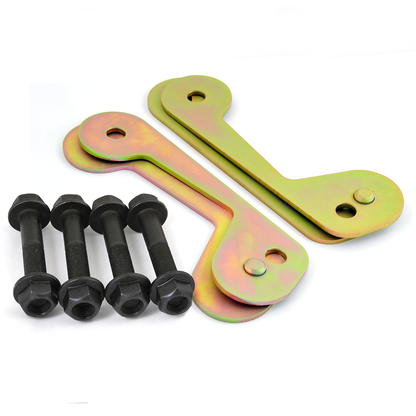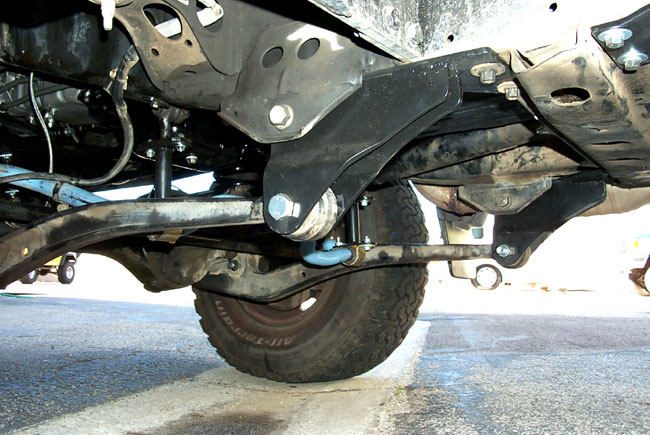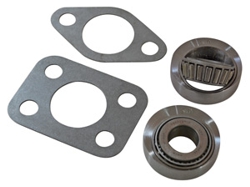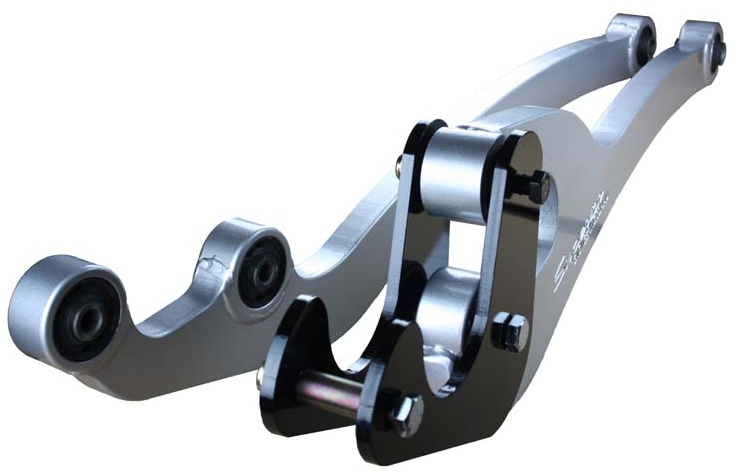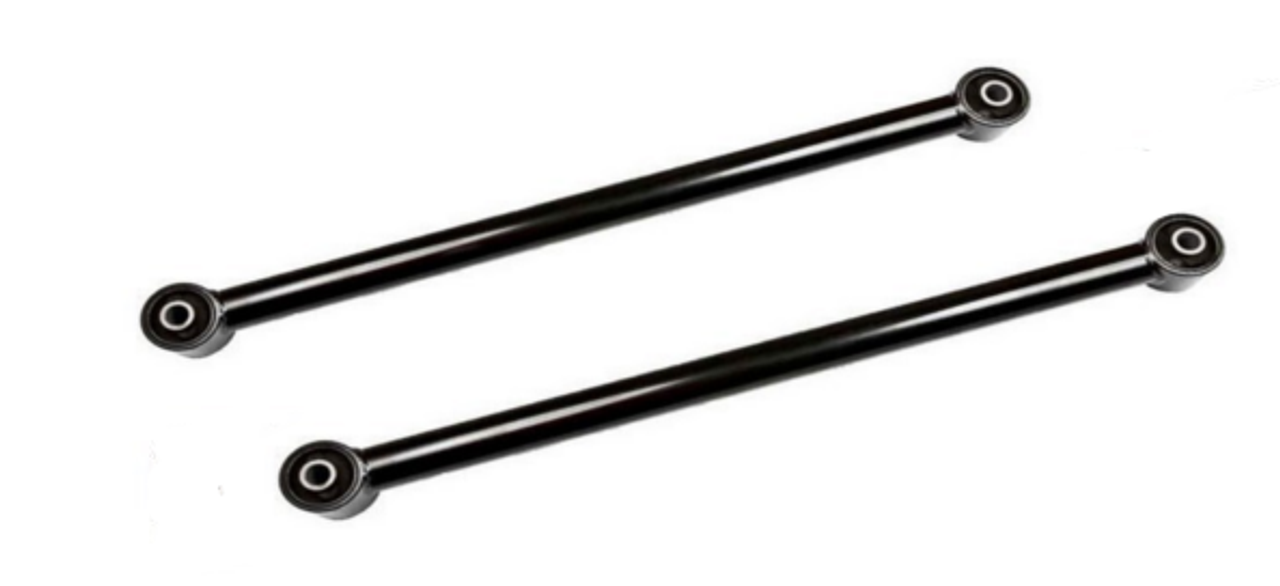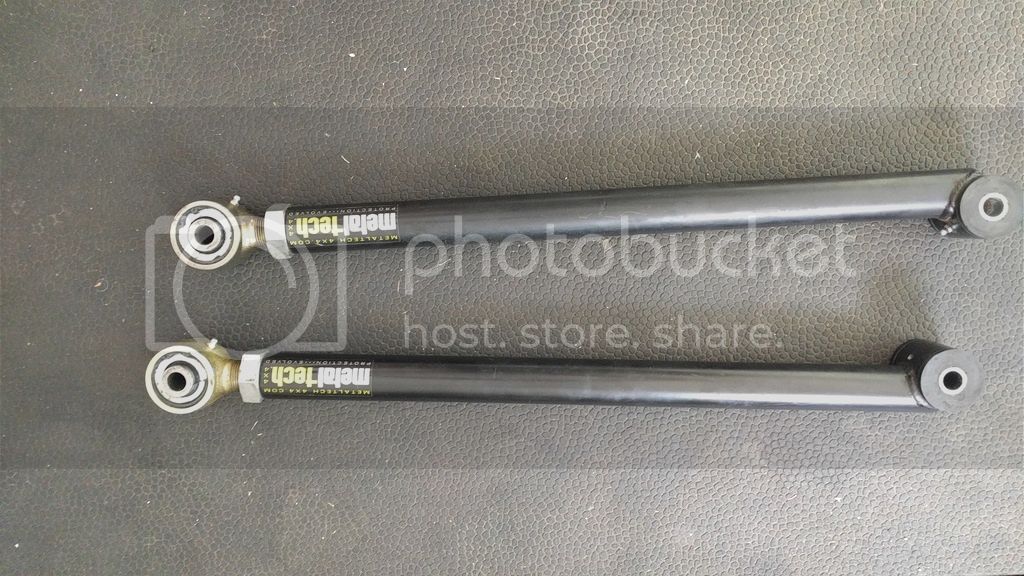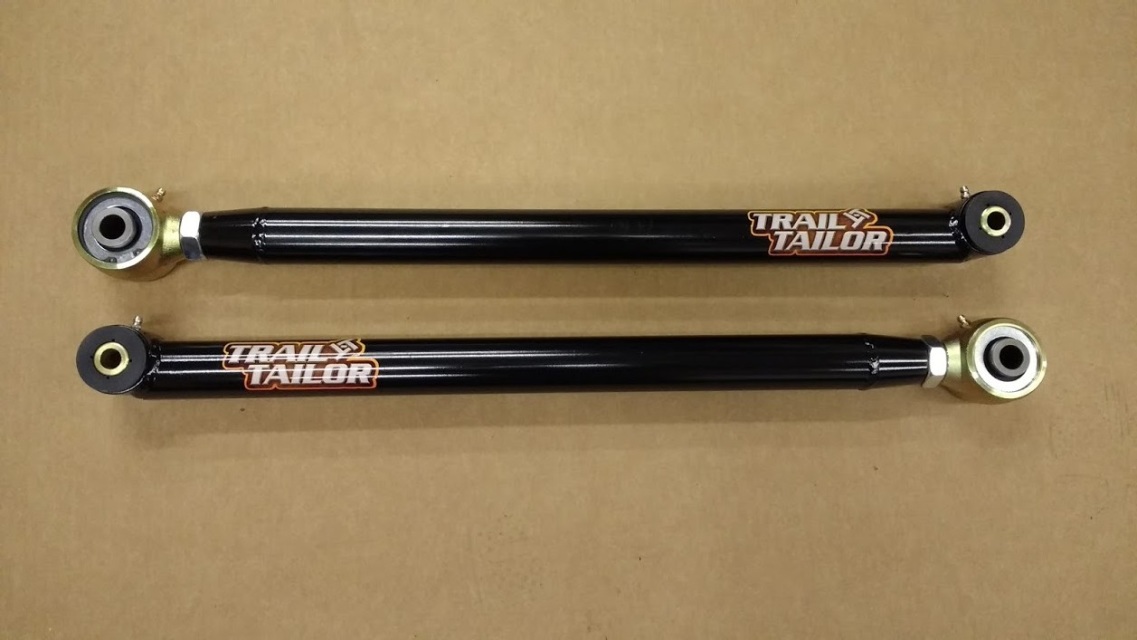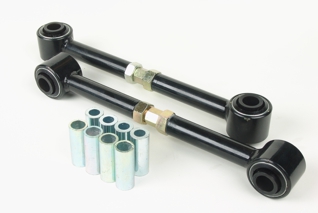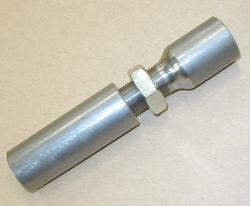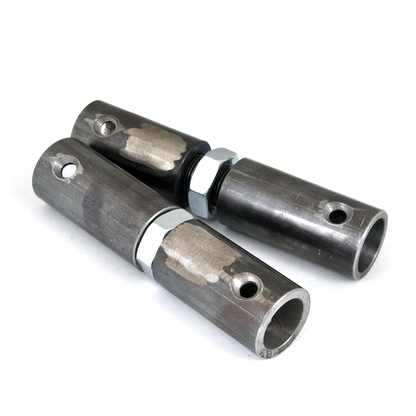- Thread starter
- #41
THAT CHART HAS THE WRONG INFORMATION.
I purposely did not use this chart because a few specs are wrong.
The wire or bar diameter on the 851, 850 & 850J are not all the same, they are .5mm different from each other.
The correct diameter are16mm, 16.5mm & 17mm.
That chart reads as all 3 springs at 17mm/.669" this is incorrect.
After looking directly from the current OME pdf it corrects all the confusion that I have had. Here is the correct onfo.


I called & wrote Emails to notify Cruiser Outfitters @cruiseroutfit of this but nothing was changed on thier end.
This is the chart that messed me up for years till I finally went to the OME pdf.
Also on the 861 & 862 they have them down as single rate coils when they are dual rate.861 is 170/250 & 862 is 170/260
See this thread to get the rest of the story. OME 851, 850 & 850J what is the difference?
I'm glad I have taken the time to finally get this info all in one place, now I can even come back to reference to this.
I will reference the other stuff when I get more time. Thank you all for your participation.
Last edited:





